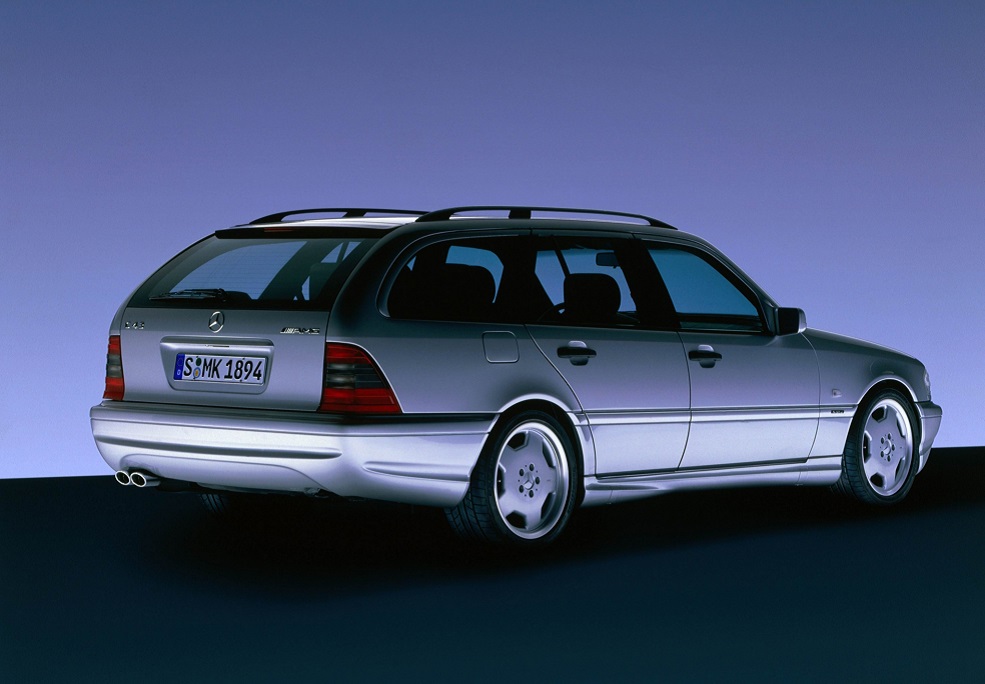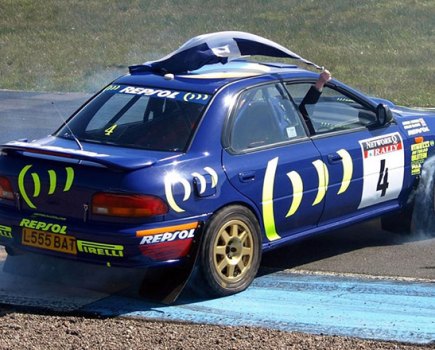Even the big names sometimes get it wrong, as anyone with a Nikasil-engined BMW or Jaguar will know.
Such is the science of automotive development that it’s rare these days for big names to drop the ball in spectacular fashion… or at least in a way which can’t be covered up with a quiet recall. Unless of course it gets out into the press – witness Autocar’s dramatic findings over the braking failure on the Suzuki Celerio and the recent BMW recalls over battery fires and electrical shutdown.
The biggest scandal of modern times of course must be the Dieselgate emissions cheating software which has almost brought the mighty VW Group to its knees and has forced a chastened company to all but reinvent itself in a race to electric power.
It’s all a long way from the era which brought us the MGC road tests panning the car as a result of the work experience lad being sent out to do the tyre pressures on the press launch… and the Marina which was deemed so dangerous in its initial production form that rival titles Autocar and Motor teamed up to visit Longbridge, where the anti-roll bars it needed were quickly reinstated.
As R&D has become more thorough, it’s curious to see how things can manage to slip through the net and one of the most intriguing is the Nikasil issue, which affected both BMW and Jaguar.

A proprietary process bought in from the developer Mahle by both makers, it took the form of a nickel/silicon carbide plating which was applied to the cylinder bores of the engine, the idea being that this negated the use of steel liners in an aluminium block. This in turn allowed engines to be developed with tighter running tolerances.
The idea was sound in principle and had been proved well in racing, but when it came to be used in road cars, there was a problem: in most of Europe and especially the UK, the pump fuel at the time contained high levels of sulphur, which tended to attack the plating, the result being that it eroded very quickly. The problem was worse with cars which did mainly short journeys, where a rich fuel mixture and a cold engine would assist the process, the result being a dramatic loss of compression.
Both makers to their credit dropped the process after problems were discovered in service, although BMW was notably less generous with replacement engines than Jaguar. It’s generally reckoned that any cars which fell through the net and are still running well today will continue to do so since the sulphur content of fuel is much reduced today.
If it’s not the drivetrain, it’s the bodywork and even the once impregnable solidity of Mercedes fell off a cliff in the late ’90s when suddenly owners started to find them rotting around the edges like an Alfasud.

The problem first became obvious when the affected cars started to rust around the wheelarches and the problem affected everything from C-Class to S-Class, with the W210 E-Class and W202 C-Class being commonly affected. Popular opinion blamed it on the merger which created DaimlerChrysler, but the truth is no doubt a combination of factors including the switch to water-borne eco-friendly paint alongside a general move to cut the legendarily high production costs of the cars which meant a reduction in the levels of wax injection used. Initially dealers were instructed to replace affected panels but as time went on and costs mounted, the metalwork was repaired rather than replaced. It was a dark era for Mercedes and the firm had to work hard to get its reputation back.
It all pales into insignificance though compared to the fate of NSU. The small German maker had staked its future on acquiring the patents for Dr Felix Wankel’s rotary engine and after trialling the unit in the 1964 NSU Spider, went all-out with the revolutionary Ro80. The car was intended to be a range-topper to sit above the conventional piston-engined K70 (K for Kolben, the German word for piston) and showcased numerous innovative features including a semi-automatic gearbox, all wrapped up in neat styling courtesy of Claus Luthe later of BMW fame.
Alas, where Mazda made the rotary engine reliable, NSU wasn’t so lucky. It’s thought that NSU rushed the engine into production and in everyday life the sealing of the rotor tips proved to be a big problem. Hard-used cars lasted tolerably well, but those who used their Ro80s for short journeys experienced hard starting and a lack of compression within just a few thousand miles. Unsurprisingly, warranty costs were huge and although NSU was said to have solved the problem by 1970, the NSU company itself had been acquired in 1969 by Volkswagen which wanted its production capacity and merged it with Auto Union to create Audi NSU Auto Union GmbH – renamed in 1985 to simply Audi GmbH. The planned K70 eventually saw life as the first front-wheel drive VW model and its piston engine would live on in VW engine designs.
As the Dieselgate scandal proves though, even the huge international companies of today’s automotive world aren’t immune from getting caught out and as we enter a new world of hybrid and electric cars, how long before a new era of anecdotes is created?





